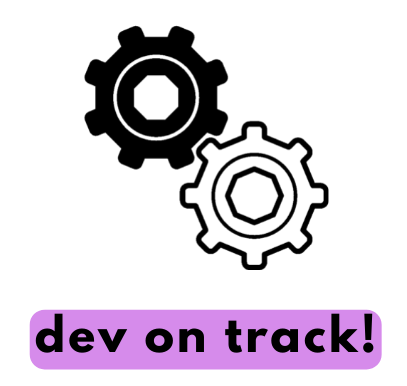Creating a local Amazon Alexa audio skill
by Graciele Damasceno
Tutorial on how easily you can create an Alexa Skill calling an external audio file to impress your friends and family.
First Steps
In order to start, you need an Amazon Developer Account. You can create it by clicking this link and logging with your existing Amazon account, if you already have one, or creating a new account. However, it’s important to note that to “test” your skill in your device, you should use the same account as your Amazon Alexa device.
After logging in, you should access Alexa Development Console, where we are going to create your first skill.
Creating a Skill
To create a new skill, it’s easy as just clicking on the button Create Skill. Give your skill a name and select your default language.
At the first settings Choose a model to add to your skill, leave it as it is (Custom) and select “Alexa-hosted (Node.js)” as the option in the setting Choose a method to host your skill's backend resources, if it’s not already selected.
When everything is ready, click on Create Skill. The next page will ask you to Choose a template to add to your skill, and we should select “Start from Scratch” and click Continue with template. Voilà! We have our skill created and ready to be personalized.
Adding an Invocation Name and Audio Interface
With the skill created, the first step is to create an invocation name. This is the sentence/couple of words that Alexa will use to invoke our code. To configure that, we need to click on Invocation Name and type the desired invocation in the field below Skill Invocation Name and click in Save Model. With that set and ready, there’s one more configuration that needs to be done: activate our audio interface. In order to do that, click in the Interfaces option which is located at the left menu. After that, check the first toggle called Audio Player and save the interface and build model.
The message Quick build in progress will show up. Wait until the build is ready and let’s go to the next step!
Editing the code
The next step is to edit the code adding our audio file! We need to specify a URL that contains an audio that plays itself. You can self-host it at AWS or whatever host of your choice, or search the web to find one. In my example, I’ll be using a My Instants audio.
To edit the code, click at Code in the menu. A web code editor will show up with multiple files. The one that we are going to edit is index.js, and it should be open.
The next part is easy: replace the following code:
const speakOutput = 'Welcome, you can say Hello or Help. Which would you like to try?';
return handlerInput.responseBuilder
.speak(speakOutput)
.reprompt(speakOutput)
.getResponse();by this one:
const speakOutput = 'Its me, Mario!';
return handlerInput.responseBuilder
.speak(speakOutput)
.addAudioPlayerPlayDirective('REPLACE_ALL', '*', 1, 0, null, null)
.getResponse();Explaining briefly, the speakOutput corresponds to the line that Alexa will say to you when our code is invoked. You can change the It's me, Mario! to whatever you want, just make sure to write it between simple quotation marks.
The magic happens above: at the line .addAudioPlayerPlayDirective('REPLACE_ALL', '*', 1, 0, null, null), the '*' is the placeholder for our audio link. I replaced it to be like this:
const speakOutput = 'Its me, Mario!';
return handlerInput.responseBuilder
.speak(speakOutput)
.addAudioPlayerPlayDirective('REPLACE_ALL',
'https://www.myinstants.com/media/sounds/its-me-mario.mp3', 1, 0, null, null)
.getResponse();After you added your audio file to the code, you need to Save and Deploy your code, wait until the deployment is done and that’s it! Or is it? 🤔
Activating Test Mode
To finally call your skill in your personal Alexa, there’s one last step: activating the skill test mode. To do that, just click at Test located in the menu above your code, and change the option besides Test is disabled for this skill. to Development. Now you can call your Alexa device and say your invocation name to test your skill!
Final Remarks
This is merely an option to easily create a single-use only skill, to be used locally forever in the development stage. We will not dive into publishing the skill to the world in this tutorial.
Subscribe via RSS
